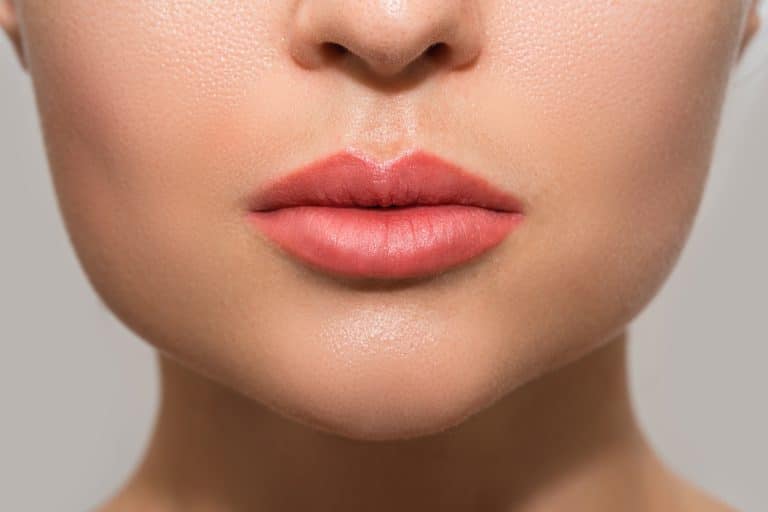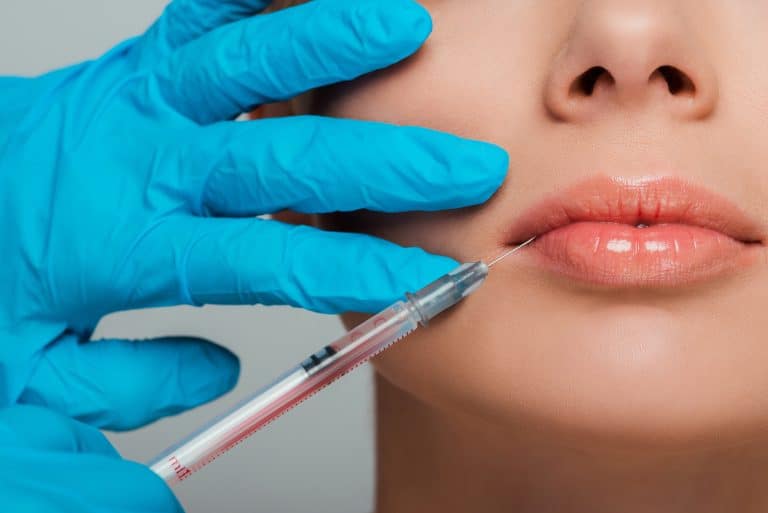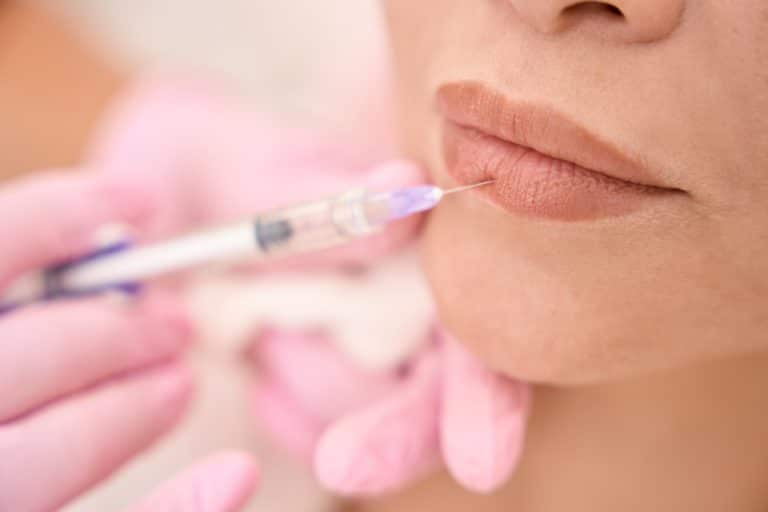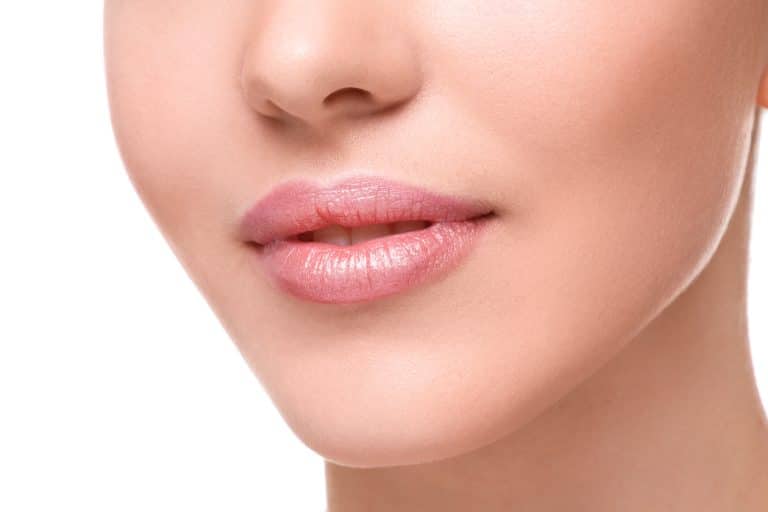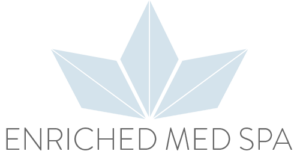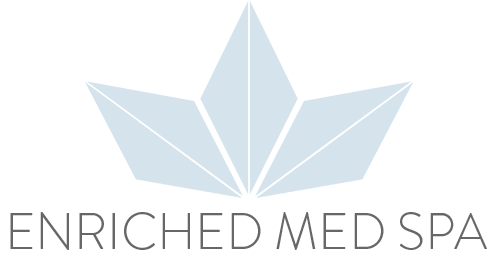Laser skin resurfacing treatment is when a dermatologist uses a laser to resurface the skin as part of a cosmetic procedure. The laser removes the epidermis, the top layer of skin cells, and the outer dermal cells, the second layer of skin.
The process promotes the creation of collagen, a protein that provides skin with its structure and the growth of new skin cells. As the body’s capacity to produce new collagen declines with age, laser skin resurfacing can help the skin look plumper by promoting its creation.
Costs of Laser Skin Resurfacing
The plastic surgeons estimate that the typical cost of a laser skin resurfacing procedure:
- Skin resurfacing estimate: $1,900 – $2,000
- Skin resurfacing without ablation: $1,000 – $1,230
Scheduling an appointment with a specialist is the most effective way to get a precise price. The professional will explain all the details, the procedure associated with the treatment, and the costs.
Factors affecting the price of laser skin resurfacing
The following variables may impact how much your treatment will cost:
- The number of laser skin resurfacing sessions is required for the desired results.
- Type of laser skin treatment you choose
- Experience and skill set of the professionalist
- Location
- The body part that will be treated during your sessions with the laser
Who is eligible for laser skin resurfacing?
For many people who want to notice significant improvements in the surface of their skin, laser skin resurfacing is beneficial. According to dermatologists, it is not a good choice for everyone. It is not a suitable treatment choice for people who:
- Have a history of keloid scars, as the surgery could result in scarring.
- Possess extremely dark skin — Fitzpatrick types 4 to 6 due to the possibility of skin discoloration
- Have deep creases or extra skin
- Are utilizing isotretinoin oral
- Presently have herpes
- Severe skin disorders like psoriasis or scleroderma
- Had just undergone a chemical peel
Before deciding on the treatment, be aware of all possible consequences by fixing a meeting with a trusted dermatologist in your neighborhood. Clarifying all your confusion before choosing laser skin resurfacing with your expert is essential.
The technique involved in laser skin resurfacing
A medical specialist will review a patient’s medical history before the initial laser skin resurfacing session to ensure they are a good candidate for the procedure. Dermatologists will review the possible advantages and hazards and what recovery and aftercare are involved.
- Dermatologists might advise a series of skin treatments before using a laser to resurface the skin. These often start at least six weeks beforehand and can reduce the possibility of difficulties.
- Depending on the size of the treated region, laser resurfacing treatments normally last between 30 and 120 minutes. The specialist will give you an anesthetic to avoid discomfort. It will be a local anesthetic if the area is tiny. Some people may also use a sedative to unwind.
- A doctor might advise general anesthesia for greater treatment regions or when a patient has many operations simultaneously.
- The doctor uses a laser during the procedure to eliminate specific skin cells. Following the operation, the skin will be covered with a bandage for protection.
- The patient can normally return home the same day, but they must be watched while the anesthesia wears off.
Result of laser skin resurfacing treatment
Individuals’ skin may sense pain and be inflamed immediately following laser skin resurfacing. It may continue for a few days. Additionally, a person will become more sensitive to UV rays, which might continue for up to a year.
However, people often notice that the skin appears plumper when it returns, except for age spots, wrinkles, and lackluster skin. The skin may appear more moisturized, smoother, or softer.
While laser skin resurfacing can’t duplicate the effects of a facelift, it can smooth out the skin’s surface by lessening the visibility of:
- lines and wrinkles
- discoloration scarring
In terms of problems like scarring, the effects of laser skin resurfacing are long-lasting. A certain scar won’t reappear once it has been removed. However, the effects are not long-lasting regarding the outward indications of aging.
Following treatment, most people observe that their skin appears younger for a few years, but as they continue to age, the effects of aging start to return. One can repeat laser skin resurfacing to keep up the results for several years.
Aftercare involved in laser skin resurfacing
After laser skin resurfacing, aftercare is crucial. After treatment, the skin could still be painful and puffy. Additionally, it will continue to be susceptible to sun damage for a while. Detailed information on how to care for the skin as it heals can be obtained from a dermatologist. Following a session, dermatologists might advise:
- Employing cool compresses or ice packs to reduce edema
- Maintaining an elevated head
- Utilizing petroleum jelly to soothe and preserve the skin
- Taking a saltwater bath to promote healing
- Covering the skin with dressings
- Avoid smoking since it hinders recovery.
- Dermatologists suggest a modest steroid cream for chronic inflammation, swelling, or discomfort. An individual may require antibiotics if they become infected. It is essential to consult a dermatologist before applying anything additional to the skin while it heals.
- The treated skin must never be exposed to the sun. Avoid going outside in the sun, cover up with clothing or hats with a wide brim, and use sunscreen with an SPF of 30 or higher.
- Additionally crucial is keeping an eye out for illness symptoms like fever, severe pain, pus, and rashes. If any of these symptoms develop, consult a doctor right away. It’s better to address them initially before things get worse.
Risk associated with laser skin resurfacing
The majority of laser skin resurfacing adverse effects are transient. Following a session, the skin might feel:
- inflamed
- swollen
- itchy
- aching or uncomfortable
These signs typically last for several days. After 5-7 days, it’s typical for the skin to start drying up and flaking.
Some people experience skin that blisters, oozes, crusts, or looks severely burnt. It would help if you didn’t try to remove it by scratching it because it could leave scars. This operation’s additional negative side effect is greater sensitivity to the sun. Sun exposure will make it simpler to get sunburned and could lead to hyperpigmentation. When this happens, individual skin patches get darker than the surrounding skin. This impact can last up to a year before it fades.
Summing Up,
By eliminating the top layers of skin, laser skin resurfacing stimulates the growth of new collagen and skin cells. It can also lessen the visibility of scars, wrinkles, age spots, and sun damage. If you want a skin laser resurfacing treatment or have doubts, visit Enriched Med Spa to talk to the experts for their valuable and experienced insights.


